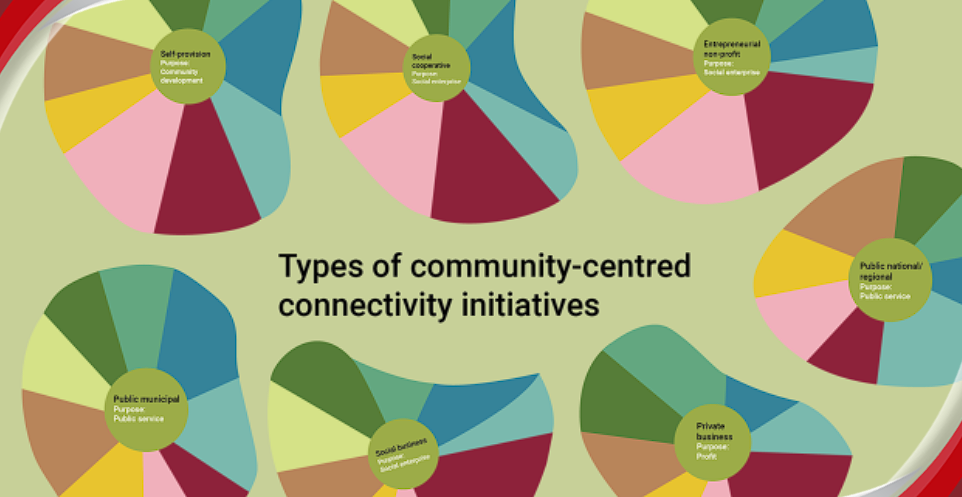Articles
Empowering Home-Schooling with Technology
-
5 months ago
Over 300 million children globally are getting their education at home. In South Africa, 300,000 students are home-schooled according to a Bridgeway Academy article. Homeschooling is getting popular across the world because of several reasons such as the desire for personalized education, flexibility and control, religious/philosophical beliefs, and safety or bullying concerns. Technology is also a significant factor in the growth of homeschooling improving access to educational resources, connecting online communities, and personalising learning plans and schedules to suit individual needs.
Accessibility Boosts Control and Enhances Interactions
Technology enables families to control their children’s education. First, it encourages personalized learning paths by tailoring curriculum based on individual strengths, weaknesses, and interests. This means that students can speed up or slow down learning based on their comprehension and absorption avoiding a one-size-fits-all approach usually associated with traditional schooling. In South Africa, homeschooling is legal enabling parents or guardians to opt for a curriculum that’s best suited for their child. The only catch is that it must meet the minimum requirements of the South Africa Curriculum and Assessment Policy Statement (CAPS).
But, through a vast array of online resources including textbooks and interactive simulations, a rich and varied learning experience is offered to the pupils. Families that opt for a home education for their kids can expect a wealth of educational materials including textbooks, videos, and interactive learning tools that can help them deliver a comprehensive education. Likewise, online platforms and visual classrooms pave the way for collaboration and peer-to-peer learning. Consequently, it can connect with fellow students, share ideas, and work together on projects fostering a sense of community.
Additionally, technology provides tools to keep track of student progress, identify areas of strengths and weaknesses, and adjust instruction, as needed. It is easier as well to for parents to monitor student work habits, and time tasks, and optimize schedules to boost completion rates. Online schooling communities are developed as well where families can connect, share resources, and seek support. The existence of such groups and societies reduces the feeling of isolation that some families may experience.
Challenges and Issues
Parents might find it hard to create and implement a curriculum, maintain a structured learning environment, and provide emotional support while managing their own time and responsibilities. For the home-schooled pupil, maintaining motivation and self-discipline is a major challenge. In traditional schooling, the framework for learning leans on structures like classrooms, schedules, and teacher expectations and it is different because it is a less structured learning environment.
Therefore, students will rely heavily on internal motivation to drive their learning. They have to develop strong study habits, instill self-discipline, learn to prioritize and plan and stick to their goals and expectations.
Furthermore, while technology offers enormous benefits, there are potential challenges and issues such as screen time management. It is vital to balance tech with offline activities to prevent excessive periods spent on online activities. Moreover, pupils need to be digitally literate so that they can critically evaluate online information and protect their online privacy. Besides, they must be able to troubleshoot problems and have backup plans in case of technical issues.
Important Technological Tools
There are essential tools that are necessary for teaching and learning. For example, the Learning Management System (LMS) helps to organize curriculum, monitor progress, and communicate with students and families.
Online educational platforms are useful, too for courses, tutorials, and interactive content. In addition, free or paid video conferencing tools are practical for virtual platforms and online tutoring. These tools are equipped with features such as screen sharing, online file sharing, virtual whiteboards, and virtual backgrounds, to name some.
Apps like Trello or Asana aid students organize their schedules, assignments, and projects while online platforms and e-books offer access to a vast collection of reading material. Educational videos and documentaries found on YouTube, National Geographic, and other streaming services offer engaging content that is useful in supporting homeschooling.
There are also online museums, zoos, and historical sites for virtual field visits and educational games for learning and problem-solving. Technology is a driving factor in the growth of home-schooled pupils. It improves access to educational resources, fosters community spirit, and promotes engagement.
Comments

Celia Denning
After I initially left a commment I apear to have clicked on the -Notify me when nnew comments are added- checkbox and now whenever a comment is added I get 4 email with the same comment. Perhaps there is a way you can reove me from that service? Manny thanks! https://Lvivforum.Pp.ua
Related Articles Posts
Categories
Popular Post
-
 SA’s IT spend to outpace GDP growth 1 year ago
SA’s IT spend to outpace GDP growth 1 year ago -
 Vodacom, Netstar launch free in-taxi Wi-... 1 year ago
Vodacom, Netstar launch free in-taxi Wi-... 1 year ago -
 South Africa under pressure to fill cybe... 1 year ago
South Africa under pressure to fill cybe... 1 year ago -
 Organisations with a strong employee val... 1 year ago
Organisations with a strong employee val... 1 year ago -
 Joint policy-in-action event highlights... 1 year ago
Joint policy-in-action event highlights... 1 year ago -
 Boost your digital transformation journe... 1 year ago
Boost your digital transformation journe... 1 year ago








